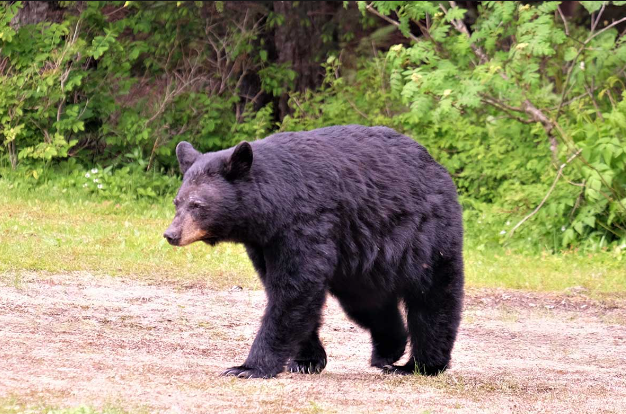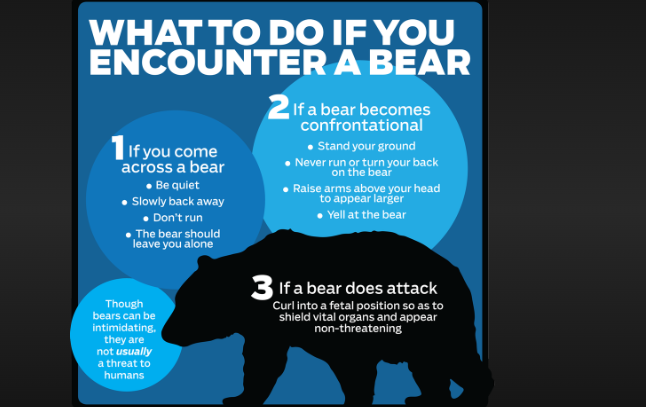How Far Do Black Bears Travel in a Day? Exploring the Daily Movement of Black Bears
Black bears (Ursus americanus) are known for their adaptability and wide distribution across North America. These intelligent and resourceful creatures have captured the curiosity of wildlife enthusiasts and researchers alike. One common question that arises is: how far do black bears travel in a day? In this article, we will delve into the fascinating world of black bear movement, exploring their daily travel patterns, factors influencing their range, and more.

Black bear
1. Daily Travel Patterns of Black Bears:
The daily movement of black bears can vary significantly depending on a range of factors, including habitat, food availability, and season. On average, black bears may travel between 10 to 20 miles in a day.
However, it's important to note that this range is quite broad, and individual bears may exhibit different movement patterns.
2. Factors Influencing Daily Movement:
Food Availability:
Food plays a critical role in determining the movement of black bears. These omnivores have a diverse diet that includes berries, fruits, nuts, insects, small mammals, and carrion.
During the fall, black bears enter a period of hyperphagia, where they consume large amounts of food to build up fat reserves for the upcoming winter hibernation. As a result, they may travel longer distances in search of food during this season.
Reproduction:
Breeding season and maternal care also impact black bear movement. Female bears with cubs may have smaller home ranges as they focus on providing for and protecting their young. Males, on the other hand, may travel greater distances in search of potential mates.
Territory and Home Range:
Black bears have territories and home ranges that they defend against other bears. A home range refers to the area where a bear conducts most of its activities, including foraging and resting.
A territory encompasses the home ranges of multiple bears and may overlap with the ranges of other bears. The need to establish and defend territories can influence a bear's daily movement.
Seasonal Changes:
Black bears adjust their movements based on seasonal changes. During the warmer months, they may move to higher elevations to access different food sources. In the winter, bears in colder regions may enter hibernation, reducing their movement significantly.
3. Research Insights:
Researchers have used various methods to study the movement patterns of black bears. GPS collars, radio telemetry, and camera traps have provided valuable data on bear behavior.
Studies have shown that male bears tend to travel greater distances than females, and their movement is often influenced by the search for mates and territory establishment.
Female bears with cubs tend to have smaller ranges as they prioritize the safety and well-being of their offspring.

Encounter a bear
The daily movement of black bears can vary widely based on factors such as food availability, reproductive needs, territory, and seasonal changes. While the average distance covered in a day can range from 10 to 20 miles, individual bears may deviate from this norm. These adaptable creatures showcase different movement patterns that reflect their diverse behaviors and needs. As researchers continue to study these fascinating animals, we gain a deeper understanding of their ecological roles and the ways in which they navigate their environments.